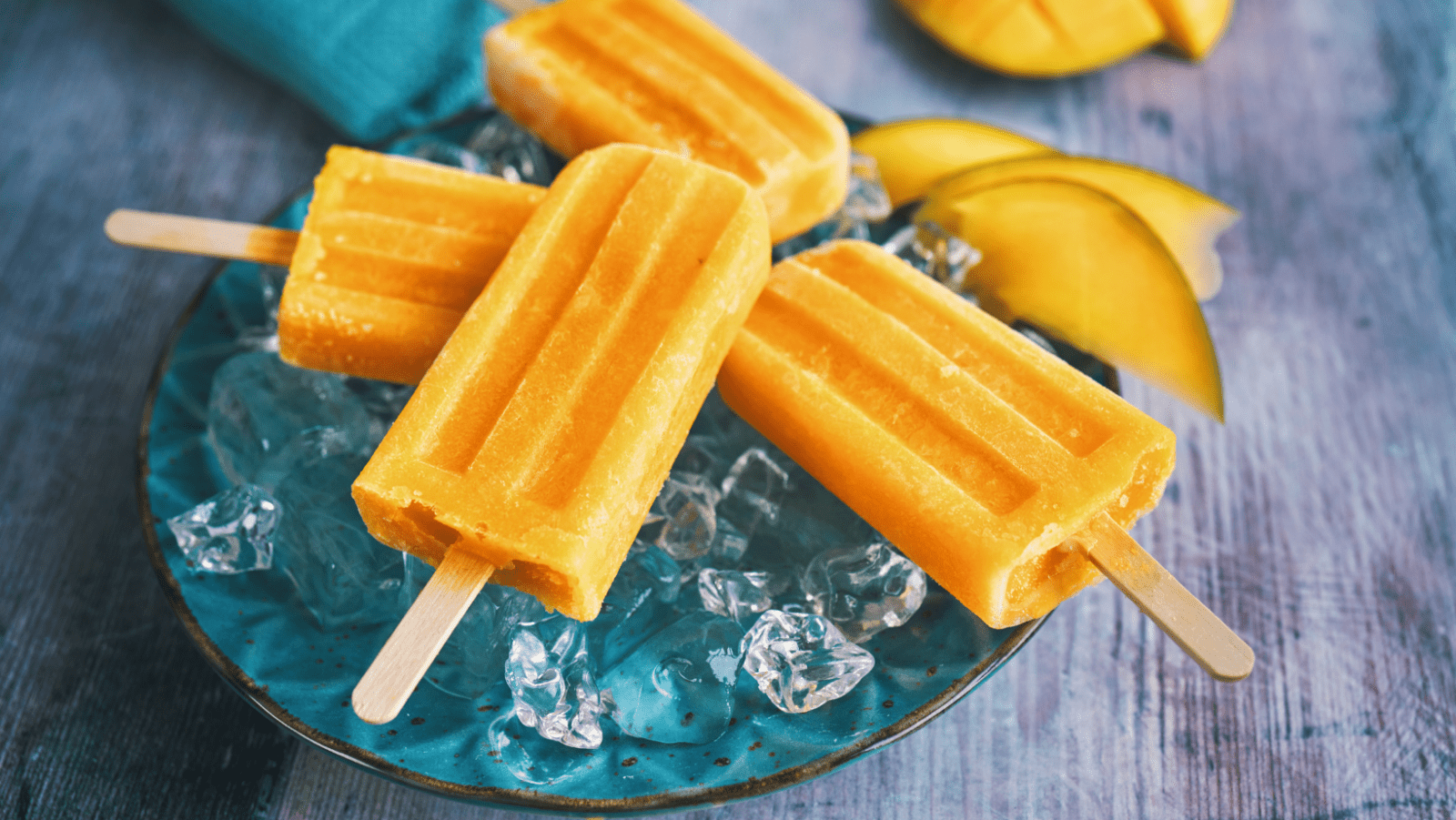Goat cheese is the oldest method of cheese making in the world.
Goat cheese production dates back to around the 5th millennium when goat herding was increasing along the plains of the Euphrates river. Goats were a mobile food supply which made pastoralism easier for shepherds and herders. As a result, milk production increased during this time so consequently, cheese-making did as well. By the time the Roman Empire was established, cheese making was already an ancient art.
Goat cheese is made by a process known as acid/heat coagulation. Lemon juice and vinegar break apart the protein structure of the milk once it has reached a certain temperature. The same simple process that was used thousands of years ago is still used today, although now we have modern equipment to assist us.

Why goat’s milk
Around the world, people consume goat milk products more than they do cow. The United States is one of the very few countries where goats milk is not the main source of dairy. The United States is also one of the countries with the poorest overall health.
A three year study published in the British journal of nutrition found that goat milk formula had 14 naturally-occurring oligosaccharides, five of which are similar to those found in human breast milk. Oligosaccharides are important because they were found to significantly enhance the growth of bifidobacteria and lactobacilli.
To put it in simpler terms, goats milk is similar to human breast milk, therefore its easy for the human body to digest. Although goats milk does contain lactose, many people who are lactose intolerant can consume goat milk products without a reaction.
Maybe it’s time we think about making the switch to goats milk.

Cheese in general can easily be made at home and you also don’t need a cow or goat to make it. You do however need a fresh source of milk. Farmers markets and health food stores sometimes will carry goat’s milk, or you could befriend your neighborhood farmer. Goats milk is also a popular ingredient in soap making, so you may be able to contact a soap company’s supplier.
Store purchased pasteurized milk, (cow or goat) can be used, but it won’t contain the live enzymes and cultures that raw milk does.

Supplies needed
You will only need a few simple tools to make this cheese.
~Food or laser thermometer (This is necessary so you do not overheat your milk)
~Large stainless steel pot (Do not use aluminum as it can change the composition in food)
~Cheese cloth or nut milk mesh bag Ingredients
~1-2 Quarts Goat milk
~1/3 cup (for every qt) fresh lemon juice (no pulp or seeds
~1-2 tablespoons vinegar (Optional)
~Dried or fresh herbs and wild edibles
~Salt to taste
Directions
Step 1. Start by pouring your goat milk into your large pot. If refrigerated, it will take about 15 minutes to bring the milk to the desired temperature. Heat your goats milk carefully, making sure you don’t bring it to a boil. The goal is to have your milk reach temperatures between a 160⁰F and a 180°F, slowly checking periodically with your thermometer.

Step 2. Once you have reached the temperature required, remove your pan from the heat and add your lemon juice and vinegar. Stir well. You can also add salt at this point if desired.

Allow milk to set for 15 to 20 minutes. Keep in mind that goats milk has a different composition than cow milk and there will not be large curds in the liquid. The particles will be tiny and you will only really see them once you start straining your liquid.

Step 3. After you have allowed it to set, strain slowly using your cheese cloth or mesh bag. If you are using a cheese cloth, squeeze your bundle the best you can and tie around a spoon. Allow it to hang over a pot or the sink so that the whey will drip out. This usually takes anywhere from 30 minutes to an hour depending how large your cheese ball is.

Next transfer your cheese to a mixing bowl. At this point you can add herbs and spices if desired. It will still have a wettish consistency. Thats ok, it will evaporate as it sets. I knead for a moment and then mold my cheese into shapes or logs and place on a cutting board. Feel free at this point to add fresh spices and herbs to make an outer crust. Simple roll cheese in your crust mix gently after shaping.
Now transfer your cheese to the refrigerator and allow to set for a few hours. After that enjoy!

Wild Herb Cheeses
When I make cheese I like to experiment. I do all different kinds of variations mixing cabinet spices, garden herbs and wild edibles.
Examples
~Wild garlic, chickweed and pine nuts
~Sun-dried tomatoes, garlic, tarragon and garlic mustard leaves
~Stinging nettle (dried), basil, sunflower seeds
~Dried cherries, dried ground cherries, raisins and almonds, drizzled with raw honey and sprinkled with cinnamon
~Elderflowers, violets, figs, drizzled with honey.
I also enjoy making mini snack cheeses for on the go. These nutritious cheese balls are packed full of protein and goodness. I roll a bite size ball of my favorite flavors and eat on the go or freeze for future use!

Can cows milk be used
Yes of course! Cow’s milk especially can be used in the same exact way and will produce a very similar cheese with a slightly different flavor. Make sure you are buying whole unpasterized milk and you should have no issue.
Storage
Depending on the freshness of your original milk, your cheese will stay good for a week or two in the refrigerator.

Final thought
You can add this creamy cheese to french bread, topping for salads, use as a filling for chicken or steak, etc. The possibilities are endless! Have fun with your cheese experiments and enjoy the glory of an age old method, anyone can do right from home!
Stay Wild
Sources Below
https://www.ncbi.nlm.nih.gov/pmc/articles/PMC10181279/
https://www.ncbi.nlm.nih.gov/pmc/articles/PMC7696746/
https://www.ncbi.nlm.nih.gov/pmc/articles/PMC7284997/

Kayce Heister
Kayce is a Clinical Herbalist, Naturopathic Practitioner (HHP), Active Forager, Wild Food Chef and Mother of three. She has spent the last 20 years practicing herbalism and natural health, and spends most of her time educating others on the amazing potential the natural world can offer.

